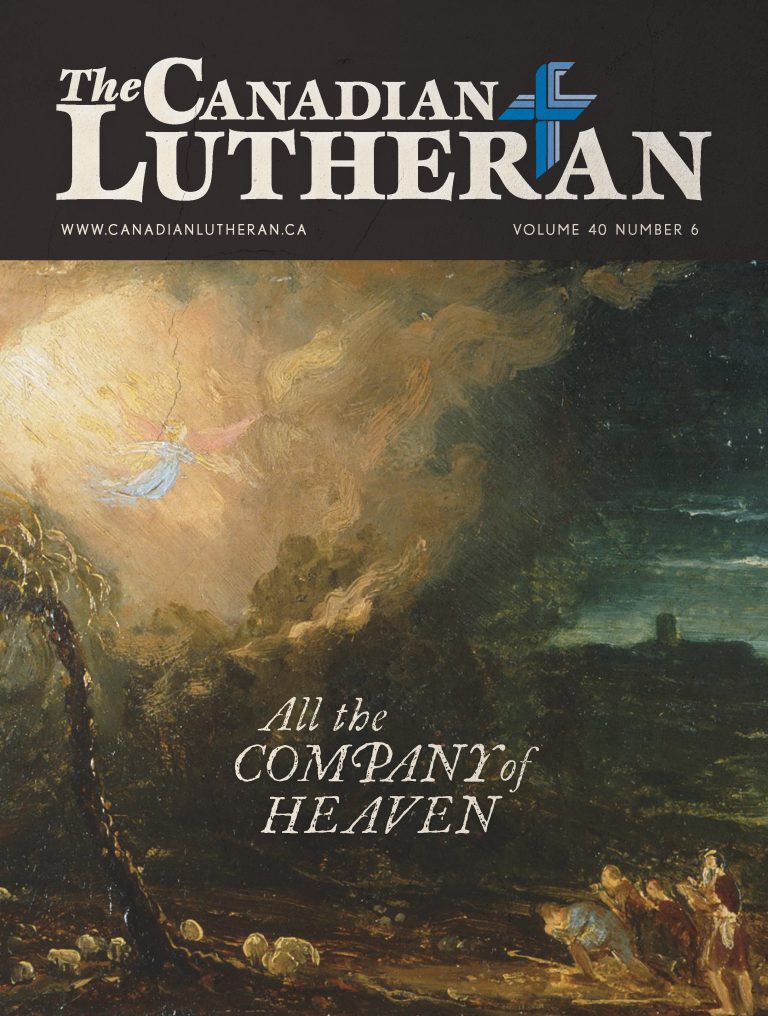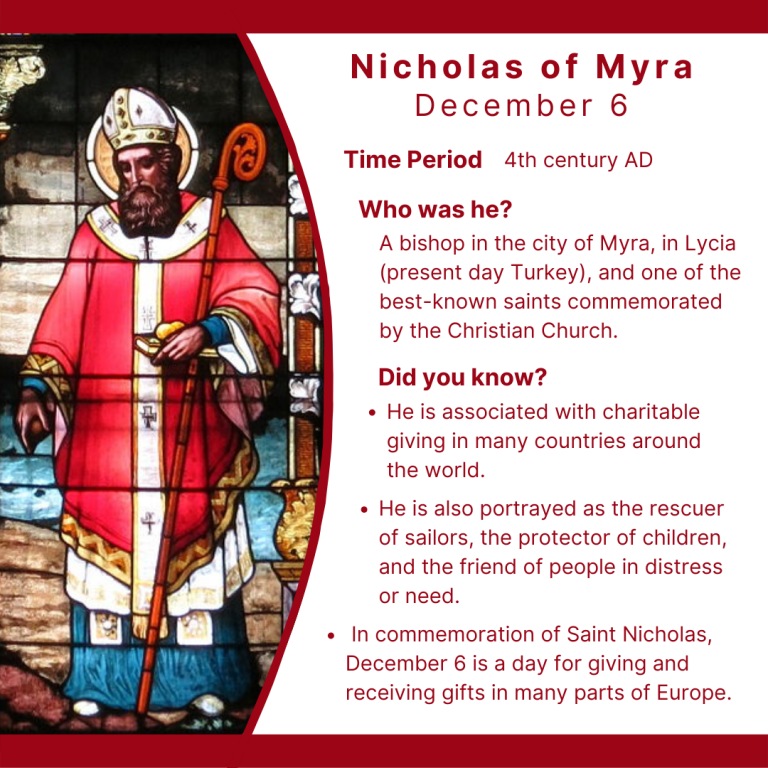Further Up and Further In

by Mathew Block
I grew up in Saskatchewan, so you can understand when I say I don’t have much mountain climbing experience. But I have been lucky enough on a couple of occasions, while visiting more topologically diverse provinces, to do a bit of hiking in the mountains.
If you’ve ever had similar opportunities, you know there’s nothing quite like reaching the summit. The process of getting there may be slow and arduous, but the payoff is worth it. From the mountain heights you can see forever, and suddenly you understand what is meant by the phrase “on top of the world.”
Still, you can’t linger there forever. Eventually you have to come down. That’s how mountain climbing works.
It’s how much of story-telling works too: things start slowly, building up until at last you reach the peak of the action. That climax might be victory in battle, or finding buried treasure, or perhaps a profession of love: it all depends on the type of story being told. But the climax is the story’s highest point. Anything that comes afterwards is denouement—a decline in action that brings the story to a close.
But what if it wasn’t? What if, when you reached the zenith of the story, you suddenly discovered there was more story to come? What if, when you reached the mountain peak, you discovered more mountain to be scaled—and that you were not tired in the least but instead invigorated and excited for more? What if, just as the adventure was at an end, you instead discovered it had only begun?
What if, when you reached the mountain peak, you discovered more mountain to be scaled—and that you were not tired in the least but instead invigorated and excited for more? What if, just as the adventure was at an end, you instead discovered it had only begun?
C.S. Lewis tells a story very much like that in The Last Battle, the final book of The Chronicles of Narnia. The novel is a fantasy take on the end of the world and the Second Coming of Christ—except in this case it’s the end of Narnia and the return of Aslan.
In The Last Battle, we witness the demise of Narnia. Every living thing dies, the world returns to chaos as the waters rush over the land once more, and in the end even the sun is snuffed out. A great giant, we read, “stretched out one arm—very black it looked, and thousands of miles long—across the sky till his hand reached the Sun. He took the Sun and squeezed it in his hand as you would squeeze an orange. And instantly there was total darkness.”
And that’s it. The door is closed and Narnia is no more. And yet, as our protagonists learn, there is a new Narnia just waiting to be discovered. “Further up and further in!” Aslan calls to them, and they all run deeper and deeper into the new world. “But now,” Lewis writes, “a most strange thing happened…. The air flew in their faces as if they were driving fast in a car without a windscreen. The country flew past as if they were seeing it from the windows of an express train. Faster and faster they raced, but no one got hot or tired or out of breath.”
The characters in the novel reach the peak of the story only to find the story has not yet peaked. The whole adventure is mountain top; there’s no decline, no fall, no coming back down. “All their life in this world and all their adventures in Narnia had only been the cover and the title page,” they learn. “Now at last they were beginning Chapter One of the Great Story which no one on earth has read: which goes on forever: in which every chapter is better than the one before.”
The characters in the novel reach the peak of the story only to find the story has not yet peaked. The whole adventure is mountain top; there’s no decline, no fall, no coming back down.
The story, of course, is a symbol of our own faith. While we face challenges of many kinds in this world, Jesus tells us He has come that we “might have life, and that more abundantly” (John 10:10). It can be hard to square that promise with our own experience. Life more abundantly? Life, as it were, on a mountain top? Sometimes we feel closer to the valley depths.
Even so, the promise remains true: Christ has come that we might have life. And He gives us this life through various means. Through baptism, God unites us to the death of Christ in order that we might also be united to Him “in newness of life” (Romans 6:4). His Word, He tells us, is the sustenance of this spiritual life (Matthew 4:4). And through communion, He fills us with His own body and blood—His very life given for us—that we too might have “eternal life” (John 6:56).
These are glimpses of the mountain top, moments when we see the climax of our story: God enlivening us with His own Spirit. But God promises to raise us up further still. A new heaven and a new earth! Further up and further in! More and more life, more and more abundantly!
The difficulty for us lies in the recognition that this “raising up” takes place on the other side of the grave. From our limited human perspective, death seems to be the end of the story—not just coming down the mountain, but taking a headlong plummet from its cliffs. We must remember that death is not The End. It was not for Christ; nor will it be for us. The Story goes ever on and Life goes ever on, as Christ raises us up to Himself. In that place, there will be no denouement—no falling action. No, we will forever stand on the mountain top, seeking new heights as we dwell in the presence of the God who has saved us.
The story is not yet ended. Indeed, it is only just begun.
———————
Mathew Block is editor of The Canadian Lutheran and Communications Manager for Lutheran Church–Canada.



